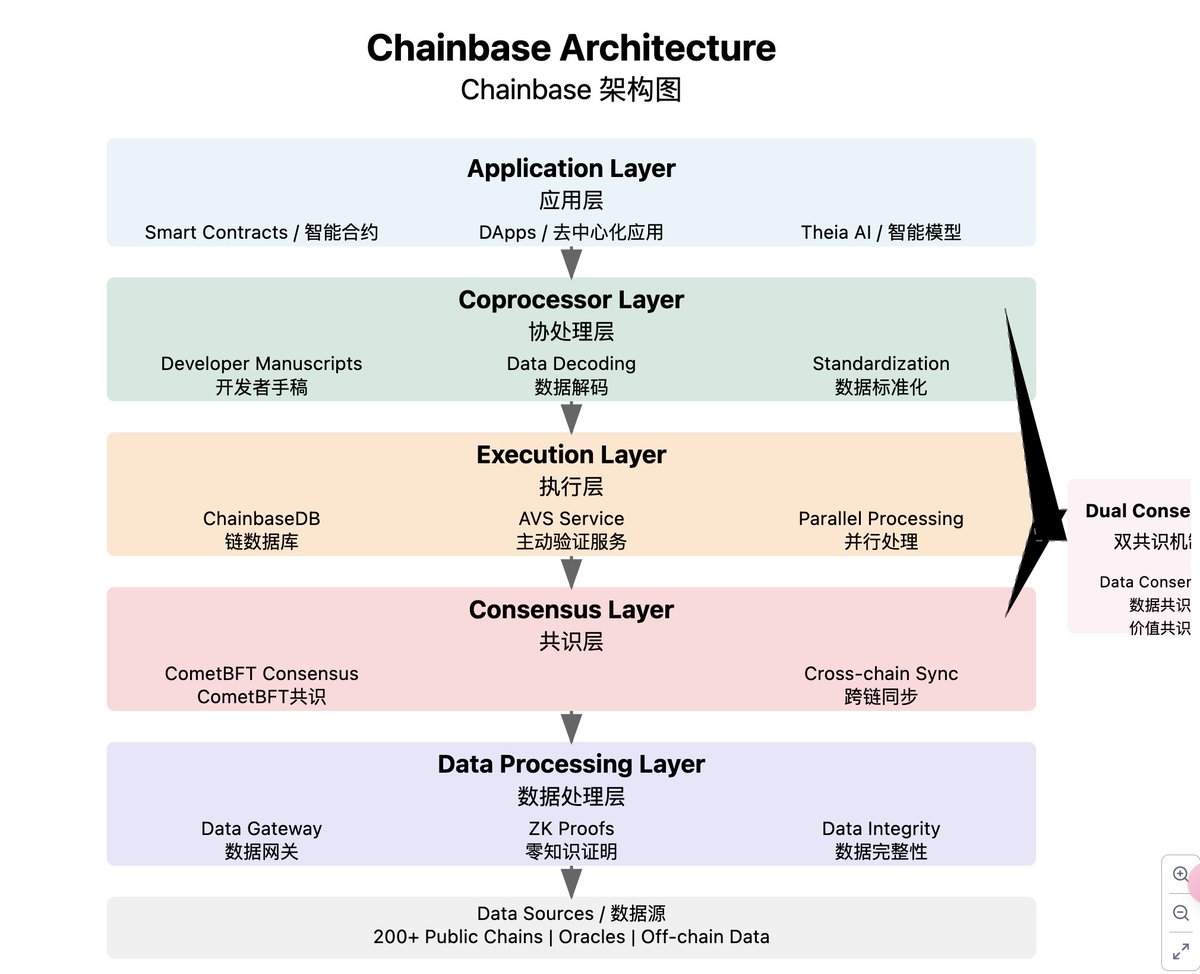The current real scenario of AI + Crypto is the tokenization of AI assets, which includes AI Agent meme tokenization, AI Agent platform tokenization, democratized AI narrative tokenization, and the tokenization of AI production materials, data, and computing power.
The value investment community is looking forward to the applications of AI in the Crypto field and the applications of Crypto in the AI field, both of which are currently in a very early exploratory stage. The application types that have relatively gained industry consensus include: AI Crypto Wallet, Crypto-specific LLM or AI Agent based on full-chain data, and AI governance in DAOs.
These applications are either in a minimal viable state or in a semi-paralyzed state. Previously, I experienced a Crypto-specific LLM, and when asking about the hottest meme coin of the day in a chat, the AI frequently hallucinated and fabricated a CA.
As a result, some leading VC institutions are more optimistic about the deep coupling of AI Agents and Crypto. They anticipate that in the future:
- AI Agent assetization (AI Agent meme coins and AI Agent platform/protocol value coins);
- AI Agents replacing MEV bots/on-chain arbitrage robots as the main consumers of block space;
- Deep integration with applications like DeFi and Web3 games, leading to the emergence of new product paradigms.
Currently, to build a Crypto-specific AI Agent, one can use toolkits provided by platforms like Coinbase, Virtual, Ai16z, Vvaifu, Clanker, etc., which allow for one-click creation of Crypto-specific AI Agents. However, these Crypto-specific AI Agents are mainly used for AI meme coin issuance scenarios, with only a few, like aiXBT, used for crypto investment advisory scenarios.
We know that the underlying technology of AI Agents is LLM, and the foundation of LLM is algorithms, computing power, and data. Open-source large models are already sufficiently usable, and computing power is not a major issue. The real limitation on the capabilities of Crypto-specific AI Agents is mainly the lack of a complete, real-time, and high-quality full-chain dataset that has been annotated.
Perhaps seeing this, CZ has recently been very bullish on the role of Crypto incentives in data annotation collaboration.
Currently, building a complete, real-time, and high-quality full-chain data faces three major challenges: data being scattered across different chains makes it difficult to unify calls, data quality varies and is difficult to apply directly, and the value of data is hard to measure and allocate effectively.
ChainBase, which has received investments from top institutions like Matrix Partners and Tencent, attempts to provide a feasible solution with its innovative technical architecture and token economic model.
The technical architecture of ChainBase consists of a four-layer stack and a dual-consensus mechanism:
Four-layer stack:
- Data processing layer - responsible for cross-chain data access and real-time synchronization, currently supporting over 200 public chains.
- Consensus layer - ensures data state consistency based on the CometBFT consensus algorithm.
- Execution layer - the innovative ChainbaseDB supports parallel processing of data tasks.
- Co-processing layer - community developers jointly govern data through a "manuscript" mechanism.
Dual-consensus mechanism:
- Data consensus: ensures data authenticity through ChainBase AVS (Active Verification Service).
- Value consensus: achieves reasonable allocation of data value through community governance.
This technical architecture design allows ChainBase to handle 560 million to 650 million full-chain data calls daily, achieving a data refresh interval of less than 3 seconds and maintaining a PB-level data storage scale.
At the same time, ChainBase uses the native token $C as a resource coordination tool for the full-chain dataset production flow and as the network's base currency.
As a network incentive token, $C encourages global community participation in data contribution and maintenance. Currently, over 26,000 developers have created 27,000 projects on the platform.
$C serves as a data access license, and developers need to pay $C to access ChainBase's data infrastructure. The daily API call volume has reached 600 million, with data query volume exceeding 3000 TB.
$C acts as an ecological value medium, which can be used to pay for services of ecological projects like io.net and Aethir, connecting the AI infrastructure ecosystem.
Additionally, to validate the feasibility of the ChainBase solution, ChainBase has launched the first chain-native AI large model, Theia. This model has 8 billion general language model parameters, 200 million cryptocurrency-specific parameters, and a proprietary D2ORA algorithm.
Compared to traditional AI models, Theia Chat's unique advantage lies in its complete, real-time, and high-quality full-chain data training set. This enables it to provide users with more accurate on-chain insights.
In the future, whether Theia Chat opens its API to AI Agent developers or other LLMs use ChainBase's full-chain data training set to enhance training, it will improve the performance of AI Agents and their usability in the Crypto field, laying a solid foundation for the prospect of AI Agents replacing MEV bots/on-chain arbitrage robots as the main consumers of block space.
That's all.

免责声明:本文章仅代表作者个人观点,不代表本平台的立场和观点。本文章仅供信息分享,不构成对任何人的任何投资建议。用户与作者之间的任何争议,与本平台无关。如网页中刊载的文章或图片涉及侵权,请提供相关的权利证明和身份证明发送邮件到support@aicoin.com,本平台相关工作人员将会进行核查。




